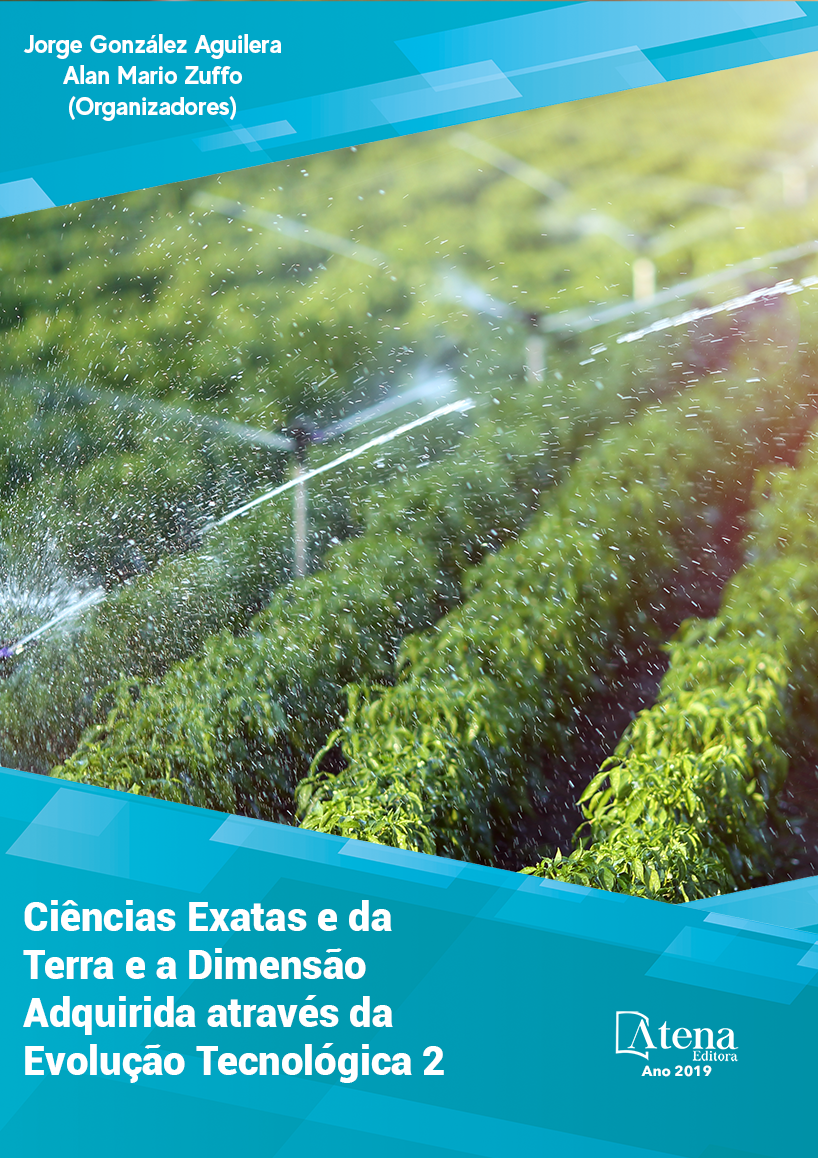
A GESTÃO DA ÁGUA SUBTERRÂNEA NA REGIÃO SEMIÁRIDA DO ESTADO DE PERNAMBUCO: ANÁLISE DO POTENCIAL DE USO.
O Brasil, apesar de ter uma situação
hídrica privilegiada, apresenta problemas
relacionados à disponibilidade hídrica, sendo
afetado tanto pela escassez quanto pela
abundância. A Região Nordeste apresenta
como característica possuir grande parte do
seu território coincidindo em área de clima
semiárido, com uma precipitação anual média
na casa dos 900 mm, chegando próxima a 400
mm, em algumas regiões. A presente pesquisa
tem por objetivo avaliar o potencial de uso das
águas subterrâneas nas bacias do Agreste
e Sertão do Estado de Pernambuco. Para
uma avaliação em relação às fontes hídricas
e a qualidade da água obtida nos mananciais
subterrâneos, foram selecionados e analisados
Relatórios Técnicos do Serviço Geológico do
Brasil - SGB/CPRM. Nestes, identificou-se
três tipos básicos de captações subterrâneas:
poço tubular, cacimba/escavado e fonte natural,
dispostos ao longo de terrenos compostos de
rochas cristalinas. Em relação à análise dos
dados de qualidade de água pôde-se definir
que 1.613 pontos analisados possuem água
doce; 2.020 pontos analisados têm água
salobra; 2.512 pontos analisados possuem
água salgada. Constata-se uma tendência
a água salgada, esperada para a região em
função das condições hidrogeológicas em que
estão localizadas as captações subterrâneas.
A partir dos resultados apresentados, observase uma falta de gestão das infraestruturas já
implantadas onde ver-se que ainda há potencial
para acelerar a solução dos problemas de
falta de água para o abastecimento e para
a agricultura familiar voltados à população
rural difusa, mediante a implementação de
tecnologias apropriadas
A GESTÃO DA ÁGUA SUBTERRÂNEA NA REGIÃO SEMIÁRIDA DO ESTADO DE PERNAMBUCO: ANÁLISE DO POTENCIAL DE USO.
-
DOI: 10.22533/at.ed.7331911071
-
Palavras-chave: Águas subterrâneas, semiárido, Pernambuco.
-
Keywords: Groundwater, semi-arid, Pernambuco.
-
Abstract:
After noting that scarcity is a limite
to the development we see that, as happened
with oil in the past, the water might be cause
for future clashes in at least five world regions.
The Brazil, despite having a privileged situation
of water availability (greater water availability
on the planet), representing more than half the water in South America and 13.8% of the world, adding to this about 2/3 of a
ground water source runs beneath the countries of Mercosul, with extension superior
to England, France and Spain together with problems related to water availability,
which affected both by the scarcity as for abundance. While the Northern Region
has abundant water, the Northeast has the characteristic of owning a large part of its
territory coinciding in area of semi-arid climate with an average annual rainfall of 900
mm, reaching close to 400 mm in some regions. This research aims to evaluate the
potential use of groundwater in semi-arid of Pernambuco state. The present research
aims to evaluate the potential of groundwater use in the Agreste and Sertão basins of
the State of Pernambuco. For an evaluation of the water sources and the water quality
obtained in the underground water sources were selected and analyzed Technical
Reports of the CPRM. In this, three basic types of underground abstractions were
identified: tubular well, cacimba / excavated and natural source, arranged along lands
composed of crystalline rocks. In relation to the analysis of water quality data it was
possible to define that 1.613 analyzed points have fresh water; 2.020 analyzed points
have brackish water; 2.512 analyzed points have salt water. There is a tendency to
salt water, expected for the region due to the hydrogeological conditions in which the
underground abstractions are located. Based on the results presented, there is a lack
of management of the already established infrastructures where it can be seen that
there is still potential to accelerate the solution of the problems of lack of water for the
supply and for the family agriculture directed to the diffuse rural population, through the
implementation of appropriate technologies.
-
Número de páginas: 15
- Alexandre Luiz Souza Borba
- Fernanda Soares de Miranda Torres
- Margarida Regueira da Costa


